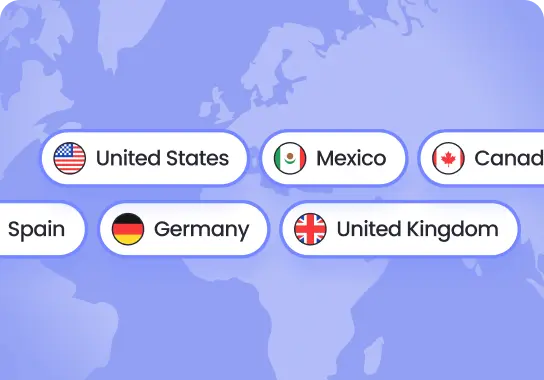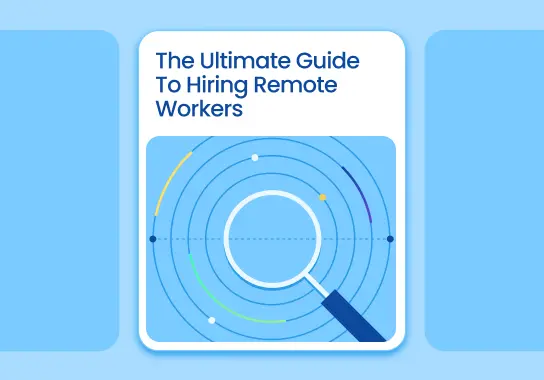Global Hiring Guides
the Playroll blog
the hire ground
Dive into our comprehensive library of global HR and remote work guides. Access the latest insights on global mobility, compliance, and international expansion to stay ahead in the fast-evolving world of international employment.

.svg)
.svg)
.svg)









.png)


.png)

.png)

























.svg)